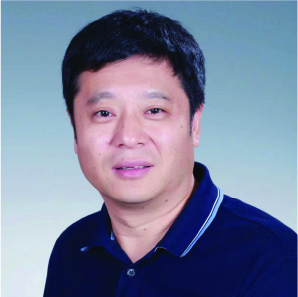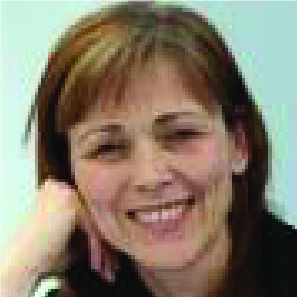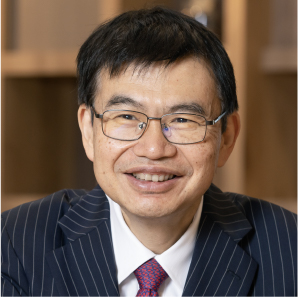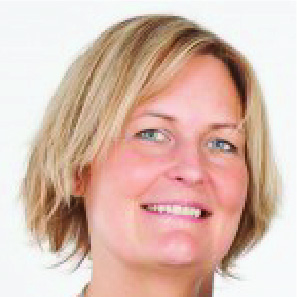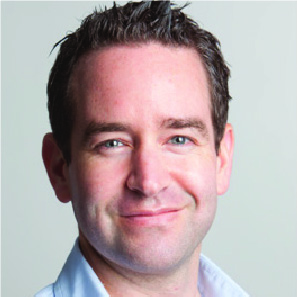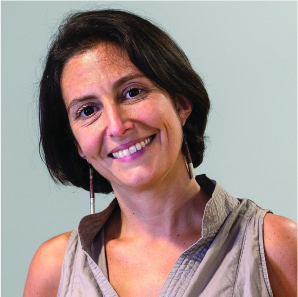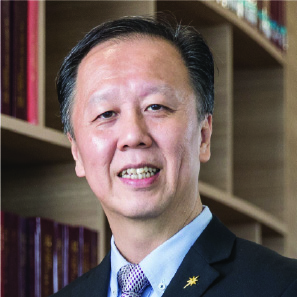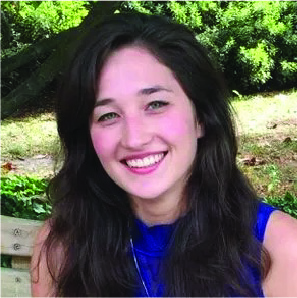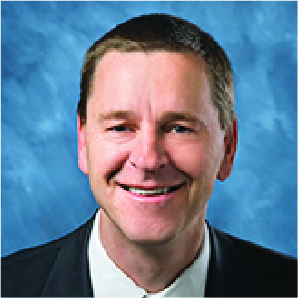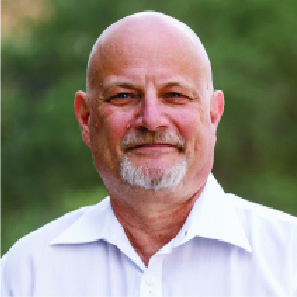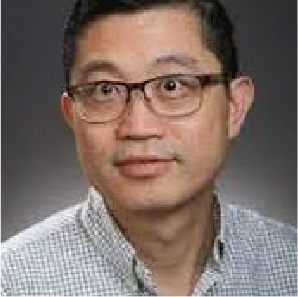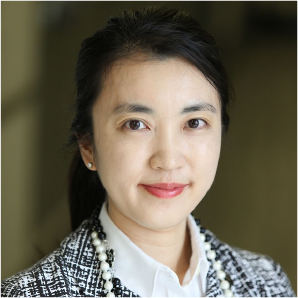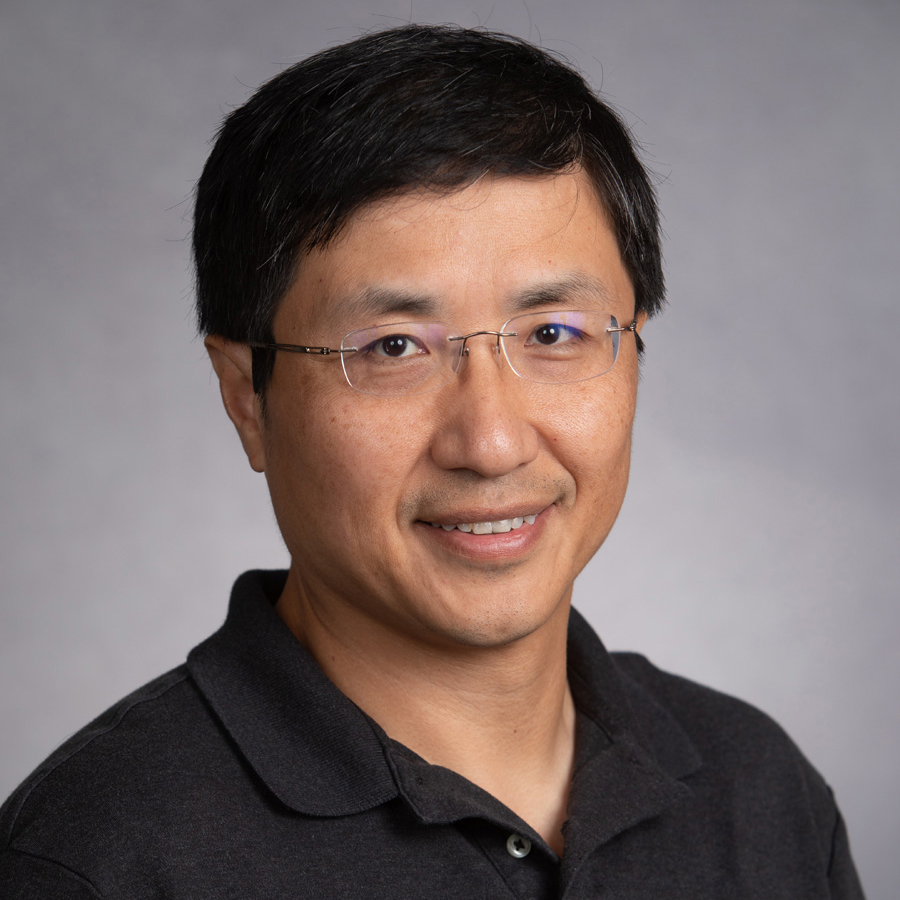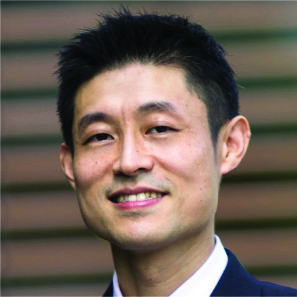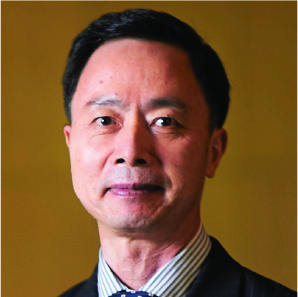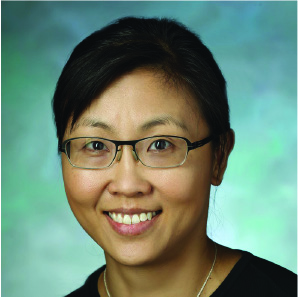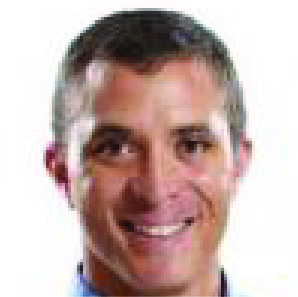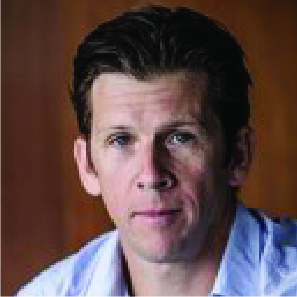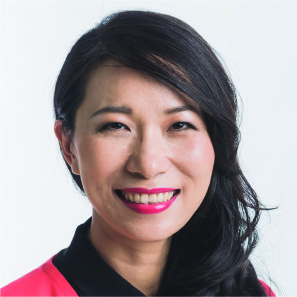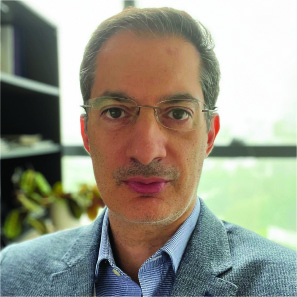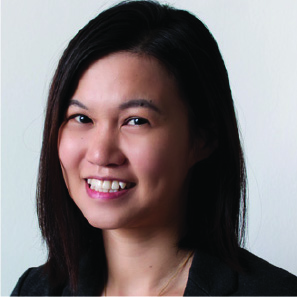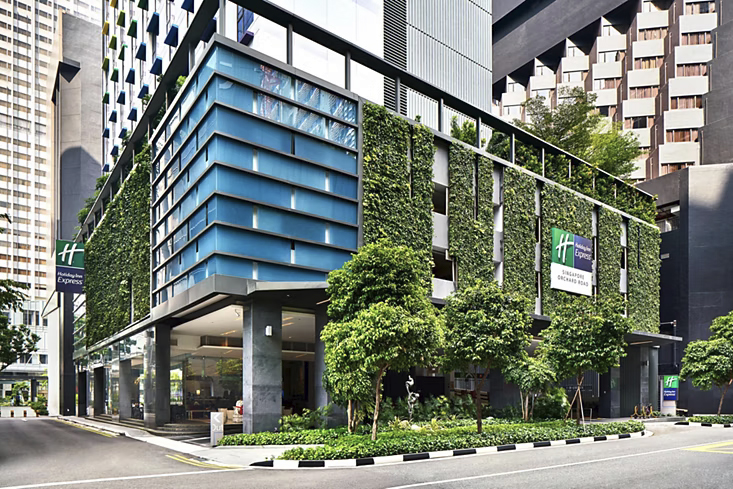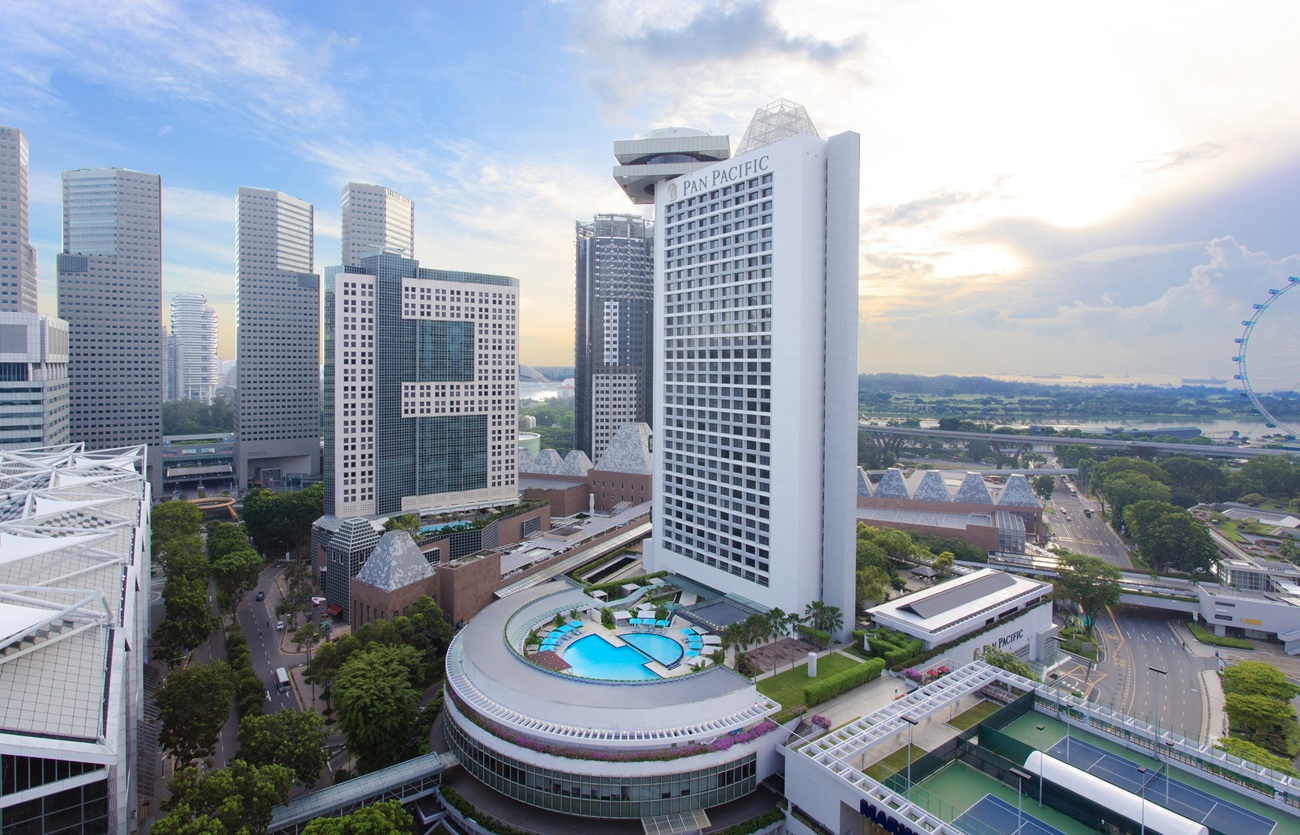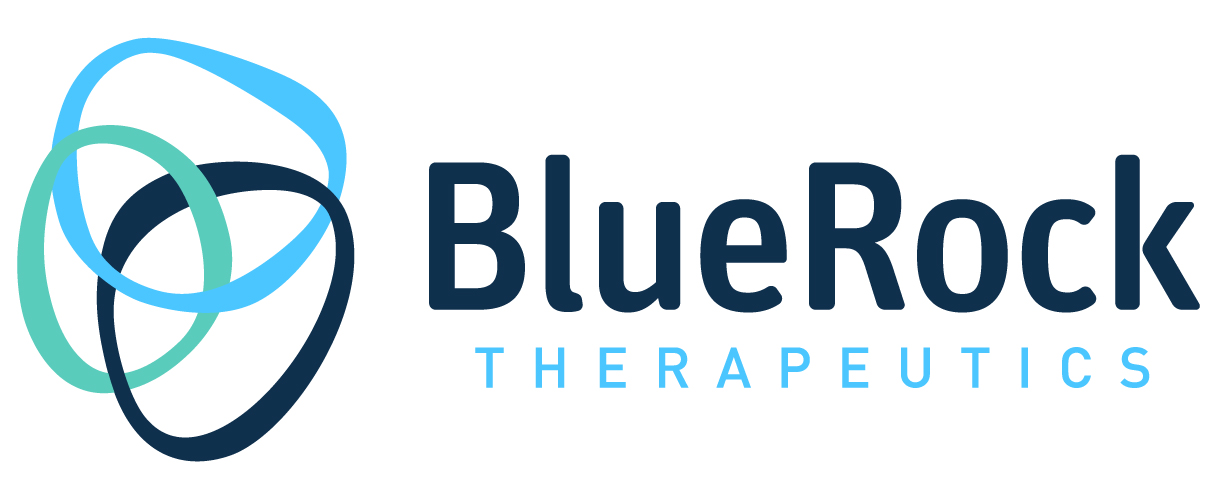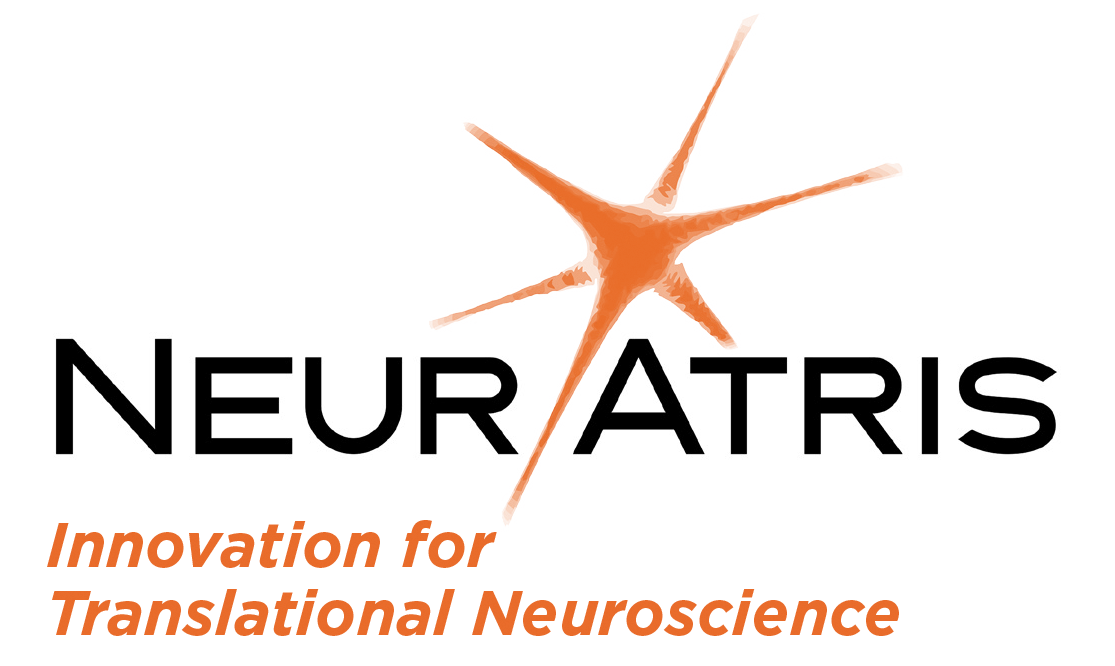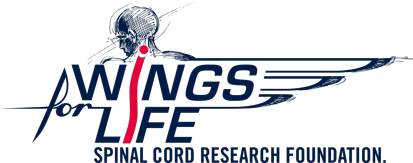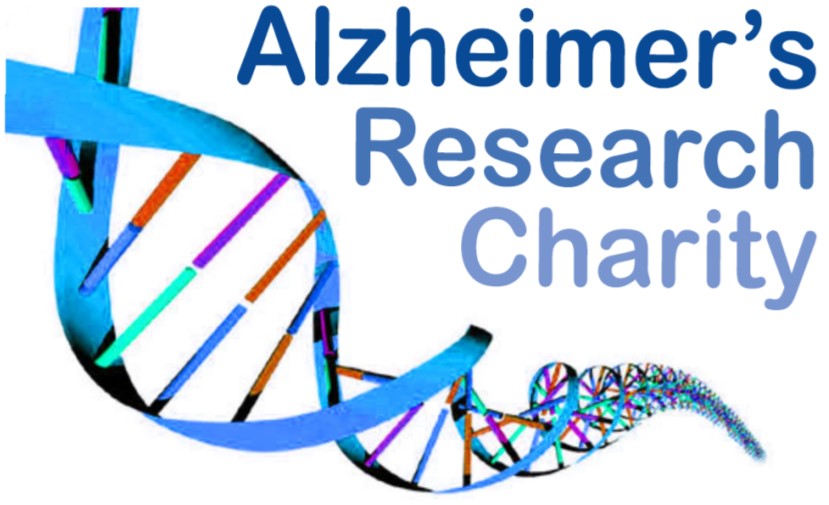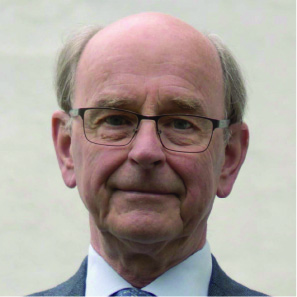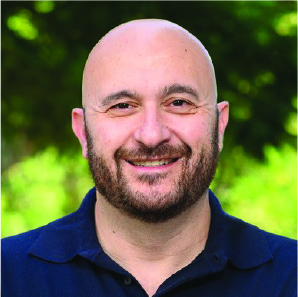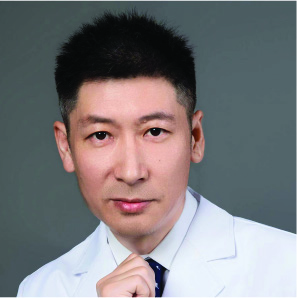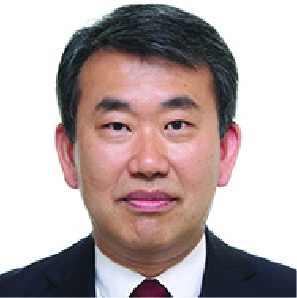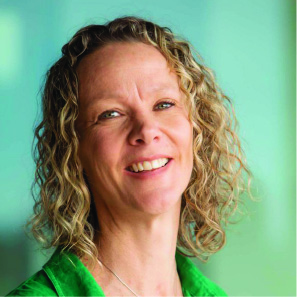| No. |
Name |
Title |
Poster Presentation |
Oral Presentation |
| 1 |
Ms. Giulia Comini |
A systematic review of human stem cell-derived dopaminergic progenitor survival and
dopaminergic maturation in Parkinsonian models. |
Poster |
- |
| 2 |
Dr. Xiaolong Zheng |
Human ESC-Derived Dorsal Spinal dI4 GABA Neurons Alleviate Neuropathic Pain and Spasticity
After Spinal Cord Injury |
Poster |
Talk |
| 3 |
Dr. Xiaolong Zheng |
Human ESC-Derived Ventral Spinal V3 Glutamate Neurons Contribute to Locomotion Recovery
After Spinal Cord Injury |
Poster |
- |
| 4 |
Dr. Yang Gao |
The role of SUMO pathway in neural stem cell reactivation and brain development |
Poster |
- |
| 5 |
Dr. Quentin Fuchs |
Immune-Evasive Strategies for Allogeneic Neural Grafts in Non-Human Primate Models of
Huntington’s Disease |
Poster |
Datablitz |
| 6 |
Mrs. Apirahmee Jeyakumaran |
Macaca fascicularis iPSC derived striatal progenitors and organoids for allogeneic grafting
in a non human primate model of Huntington disease |
Poster |
- |
| 7 |
Dr. Nicolas Prudon |
Bioreactor-produced iPSCs-derived Dopaminergic Neuron-containing Neural Microtissues
Innervate and Normalize Rotational Bias in a Dose-dependent Manner in a Parkinson Rat Model
|
Poster |
Datablitz |
| 8 |
Mr. Anselme Perrier |
Selective lowering of mutant-Huntingtin by antisense oligonucleotides (ASOs) in human
cortical neurons derived from patient-specific induced pluripotent stem cells (HD-iPSC) |
Poster |
Talk |
| 9 |
Mr. Francois-Xavier Beau |
Investigating Myelin in Amyotrophic Lateral Sclerosis via Transplantation of Patient-iPSC
Derived Oligodendrocyte Progenitor Cells into Shiverer Mice |
Poster |
Datablitz |
| 10 |
Dr. Niamh Moriarty |
Are we pouring money down the drain with cell culture media supplements? |
Poster |
- |
| 11 |
Mr. Andrew Quattrocchi |
Isolation of cortical progenitors improves the composition and predictability of human
pluripotent stem cell-derived neural transplants in Stroke. |
Poster |
Datablitz |
| 12 |
Ms. Jennifer Jin |
Generating hypothalamic arcuate neurons from human pluripotent stem cells |
Poster |
Datablitz |
| 13 |
Dr. Qiang Yuan |
Regulating the SNpr activity improves motor functions in Parkinson’s Disease mouse models
|
Poster |
Short Talk |
| 14 |
Dr. Cameron Hunt |
Advanced modelling of upper motor neuron mnd pathology using human pluripotent stem cells
|
Poster |
Datablitz |
| 15 |
Dr. Jun Nishiyama |
Post-Synaptic Tau: Unveiling the Roles in Dendritic Spine Plasticity |
Poster |
- |
| 16 |
Dr. Tyra Fraser |
An improved grafting paradigm for cell therapy-based treatment for Parkinson’s disease |
Poster |
Datablitz |
| 17 |
Dr. Chiara Pavan |
A cloaked human stem cell-derived neural graft evades immune detection in humanised mice
|
Poster |
Talk |
| 18 |
Prof. Jorge Quintero |
Five-year outcomes for participants who received autologous reparative peripheral nerve
tissue implantation to the basal ganglia at the time they underwent DBS surgery for
Parkinson’s disease |
Poster |
- |
| 19 |
Dr. Arthur Sefiani |
Enhancing Neurotrophin-3 activity leads to improvements in respiratory, cognitive, and
locomotor function after spinal cord injury |
Poster |
Datablitz |
| 20 |
Dr. Sherylin Hor |
Empowering the Powerhouse: Unveiling Next-Gen Therapeutics for Amyotrophic Lateral Sclerosis
through Targeting of Mitochondrial Function |
Poster |
- |
| 21 |
Ms. Noor Ul Ain Akram |
Monoamine modulation mitigates TDP-43 mislocalisation in a targeted drug screen for
Amyotrophic Lateral Sclerosis |
Poster |
Datablitz |
| 22 |
Dr. Dongliang Ma |
Arl2 GTPase Associates with the Centrosomal Protein Cdk5rap2 to Regulate Cortical
Development via Microtubule Organization |
Poster |
Datablitz |
| 23 |
Dr. Wai Hon Chooi |
Ferroptosis and Mitochondrial Dysfunction in Enterovirus 71- Infected Human Motor Neurons
|
Poster |
Datablitz |
| 24 |
Dr. Jana Bonsberger |
Single Cell RNA-Seq for Quality Control of Dopamine Neurons for Autologous Cell Replacement
Therapy |
Poster |
Short Talk |
| 25 |
Dr. Noelia Pelegrina-Hidalgo |
Visualising Parkinson's disease at the nanoscale level |
Poster |
Datablitz |
| 26 |
Dr. Haresh Bhaskar |
Tagging proteins involved in neurodegeneration for live-cell super-resolution imaging |
Poster |
Datablitz |
| 27 |
Ms. Jolie Ho |
Dissecting cholesterol metabolism in distinct CNS cell types and the communication between
CNS and peripheral systems |
Poster |
Datablitz |
| 28 |
Mr. Andrew Chai |
Depletion of COL1A1-positive non-neuronal cells for improved cortical differentiation of
human pluripotent stem cells |
Poster |
Datablitz |
| 29 |
Dr. Jonathan Teo |
Exploring PROX1 dynamics across cell types with GICTrack Dashboard |
Poster |
- |
| 30 |
Ms. Isabella Jameison Morris |
Neuro-restoration Through Targeted Degradation of Alpha-Synuclein |
Poster |
Datablitz |
| 31 |
Ms. Georgia Eleftheriou |
Transplantation of Patient-Derived Neural Progenitors: Unravelling ALS Disease Dynamics and
Progression |
Poster |
Datablitz |
| 32 |
Dr. Kevin Law |
Multiscale analysis of regionally-specified astrocytes generated from patient stem cells
with genetic forms of Parkinson’s disease |
Poster |
Datablitz |




